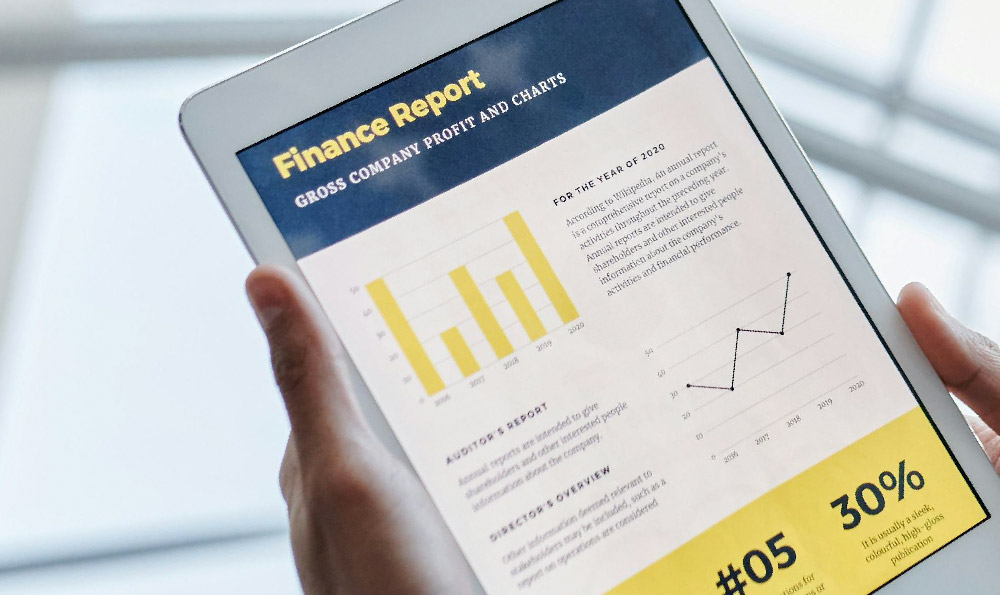The paradox of “free” applications generating substantial revenue is a fascinating aspect of the modern digital economy. How can a product offered at no cost to the end-user become a lucrative venture? The answer lies in a diverse array of monetization strategies meticulously woven into the app's fabric. The success of these strategies hinges on understanding user behavior, providing genuine value, and striking a delicate balance between revenue generation and user experience.
One of the most prevalent monetization methods is advertising. Within free apps, users often encounter various ad formats: banner ads displayed at the top or bottom of the screen, interstitial ads that appear between activities or screens, rewarded video ads that offer in-app currency or bonuses for watching, and native ads designed to blend seamlessly with the app's content. The effectiveness of advertising depends on factors like ad placement, relevance to the user, and frequency of display. Overly intrusive or irrelevant ads can lead to user frustration and app abandonment. Therefore, app developers must carefully consider ad formats and targeting to optimize revenue while minimizing negative impact on user experience. Data analytics play a crucial role here, providing insights into user demographics, interests, and behavior, enabling targeted advertising campaigns that yield higher click-through rates and conversion rates.
Freemium models represent another cornerstone of free app monetization. This strategy involves offering a basic version of the app for free, while charging users for access to premium features, enhanced functionality, or exclusive content. Examples include offering limited storage space in a cloud storage app and charging for additional space, providing a basic photo editing tool for free and offering advanced filters and features for a subscription fee, or offering a game with limited levels and charging for access to additional levels and characters. The freemium model’s success depends on the perceived value of the premium features. The free version must be compelling enough to attract users, while the premium features must offer tangible benefits that justify the cost. This often involves careful segmentation of features, offering the core functionality for free and reserving advanced or niche features for paying customers.

In-app purchases represent another significant avenue for revenue generation. These purchases can range from virtual goods in games (e.g., cosmetic items, boosts, extra lives) to unlocking additional content in educational apps or purchasing subscriptions for premium services within a utility app. The key to successful in-app purchases is creating a compelling ecosystem that encourages users to spend money without feeling pressured. This often involves creating a sense of scarcity or exclusivity, offering limited-time deals, or providing personalized recommendations based on user behavior. Game developers, in particular, have mastered the art of in-app purchases, designing game mechanics that subtly encourage players to spend money to progress faster, acquire powerful items, or customize their characters.
Subscription models are gaining increasing popularity, particularly for apps offering ongoing value, such as streaming services, productivity tools, or educational resources. Subscription models provide a recurring revenue stream for app developers, allowing them to invest in continuous improvement and new content. The success of a subscription model depends on providing consistent value to subscribers and offering flexible subscription options to cater to different user needs. This might involve offering monthly, quarterly, or annual subscriptions, tiered pricing based on features or usage, and free trials to allow users to sample the premium features before committing to a subscription.
Data monetization, while often controversial, represents another potential revenue stream for free apps. This involves collecting user data and selling it to third-party advertisers or data brokers. However, data privacy concerns are paramount, and app developers must be transparent about their data collection practices and obtain user consent before collecting and sharing data. The monetization of data must be balanced against ethical considerations and compliance with data privacy regulations like GDPR and CCPA.
Affiliate marketing is yet another strategy. Free apps can promote other products or services and earn a commission on sales generated through referral links or in-app promotions. This strategy works best when the promoted products or services are relevant to the app's target audience and offer genuine value. For instance, a fitness app might promote workout equipment or nutritional supplements. The app developer effectively becomes a marketing partner, earning revenue by connecting users with relevant products or services.
Finally, partnerships and sponsorships offer another avenue for monetization. App developers can collaborate with other companies to offer exclusive content or promotions within their app. For example, a music streaming app might partner with a beverage company to offer sponsored playlists or contests. Such partnerships can provide both revenue and valuable exposure for the app.
In conclusion, the profitability of free apps hinges on a multifaceted approach, leveraging a combination of monetization strategies tailored to the app's specific nature, target audience, and user behavior. The key to success lies in providing genuine value to users while carefully balancing revenue generation with user experience. Overly aggressive monetization tactics can backfire, leading to user churn and negative reviews. A well-executed monetization strategy should feel integrated into the app's core functionality, enhancing rather than detracting from the user experience. Continuous monitoring of user behavior, performance metrics, and market trends is essential for optimizing monetization strategies and ensuring the long-term profitability of free apps. This requires a data-driven approach, utilizing analytics to understand user engagement, identify areas for improvement, and refine monetization tactics over time. The ethical considerations surrounding data privacy and transparency are also crucial, as building user trust is essential for long-term success in the free app ecosystem.












